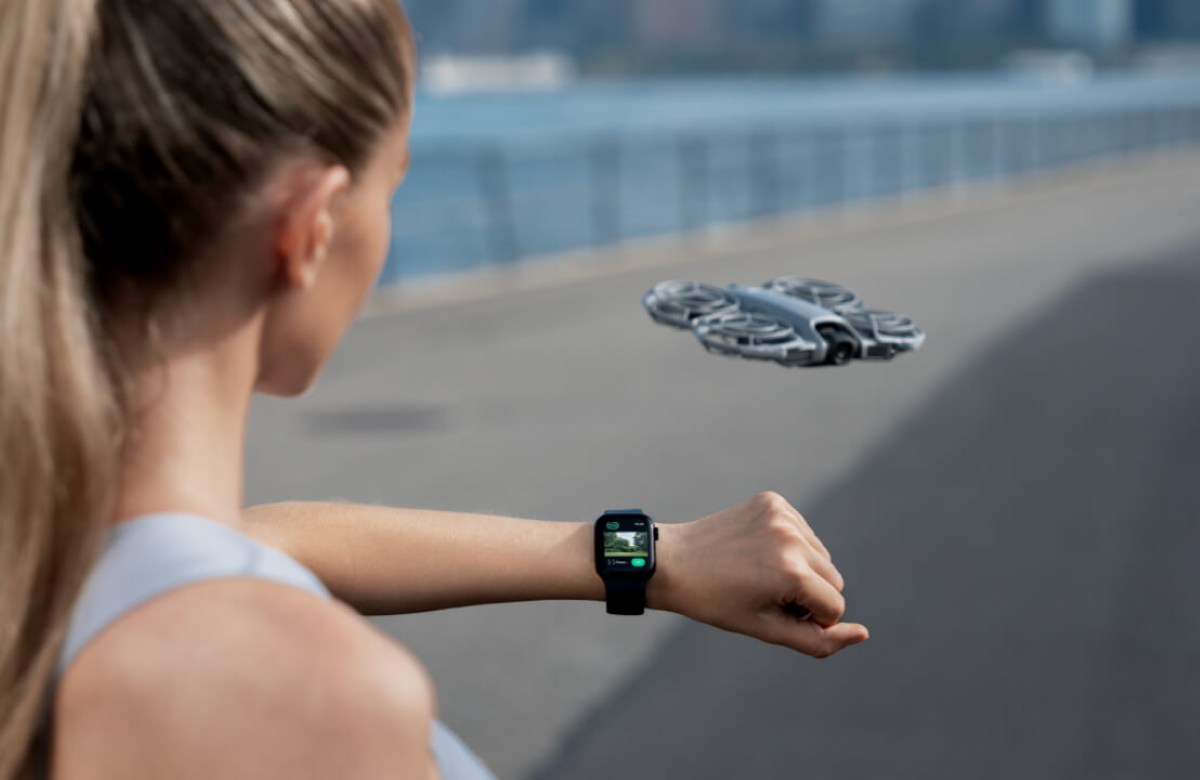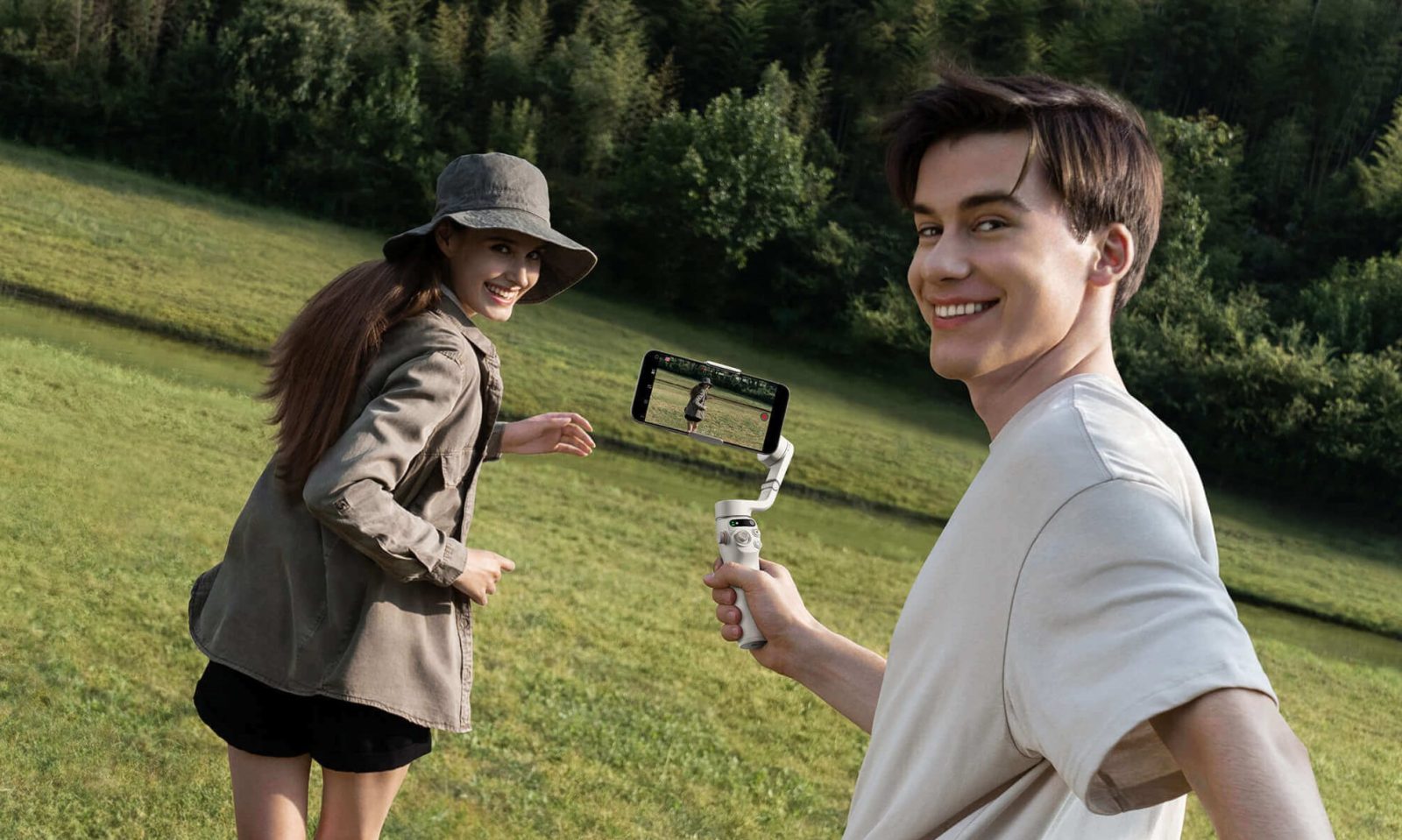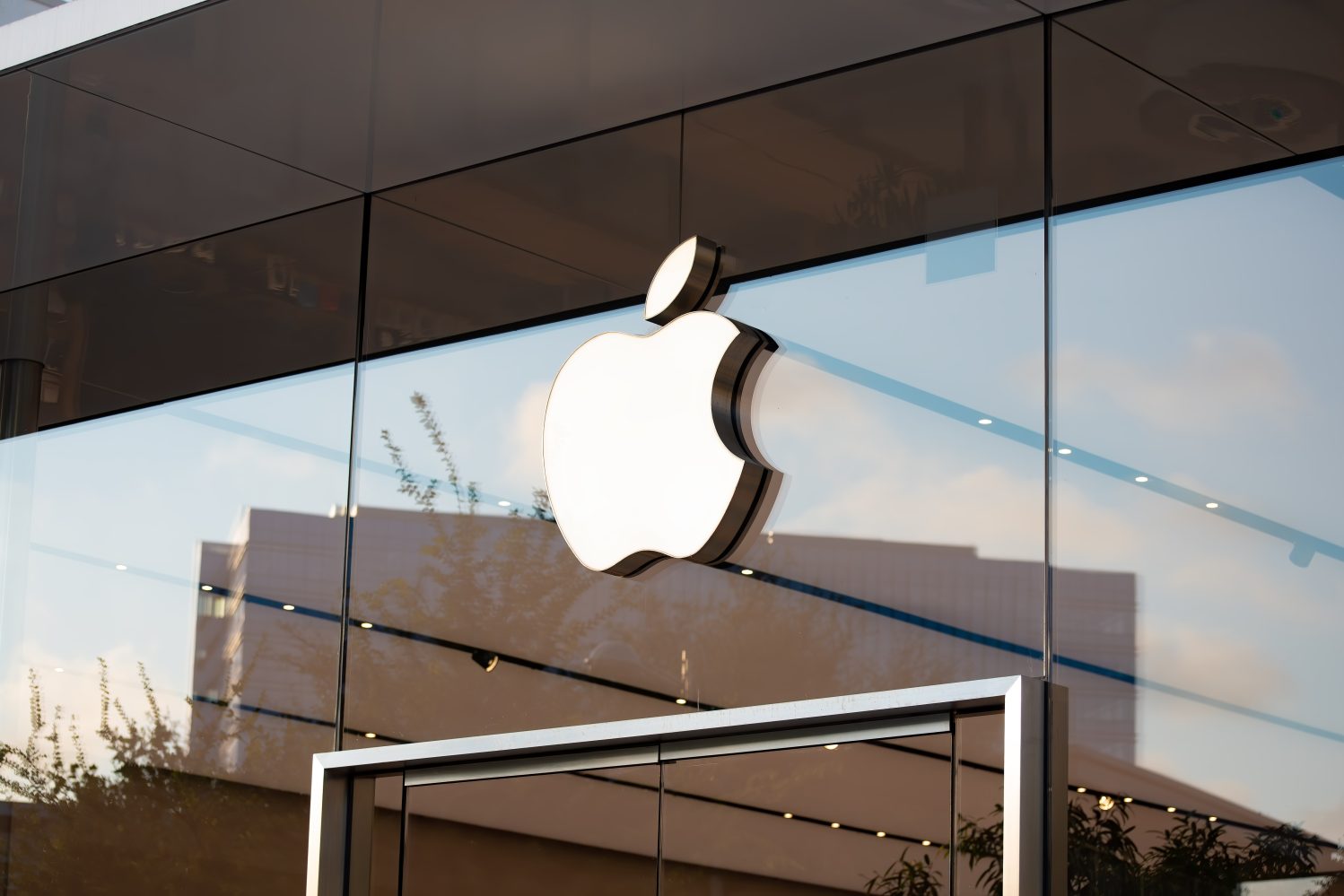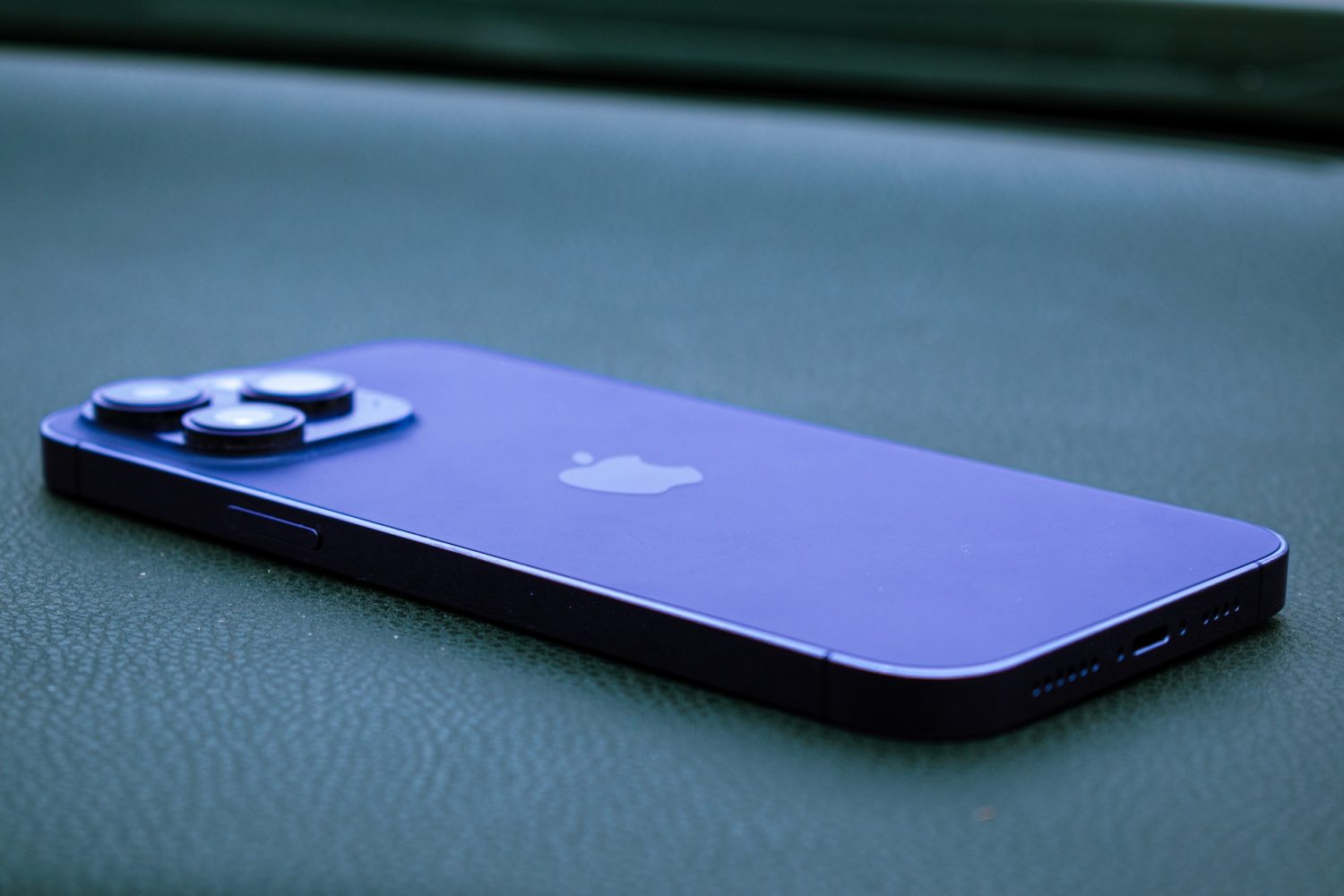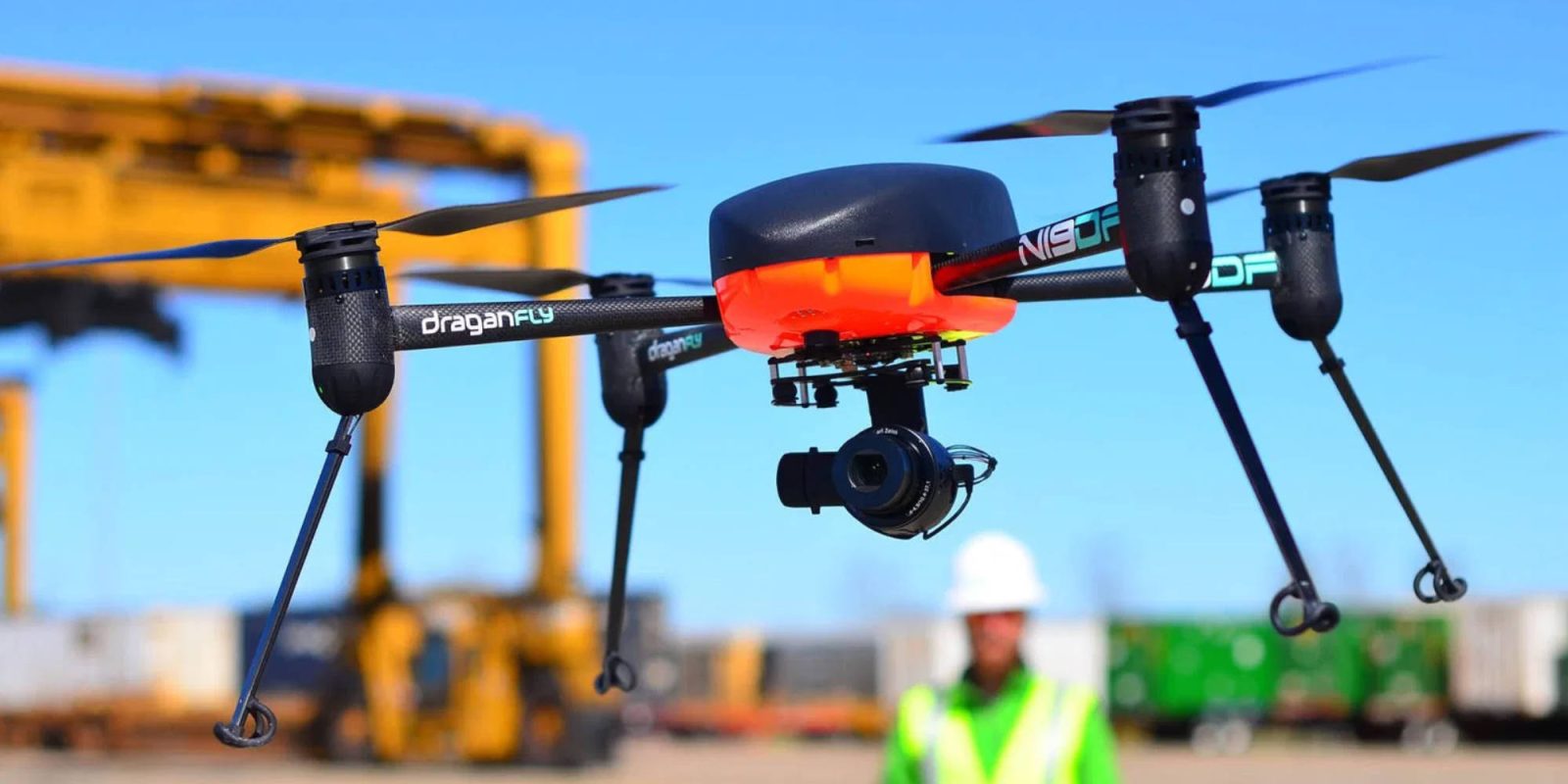3 DJI drones you can control with your Apple Watch
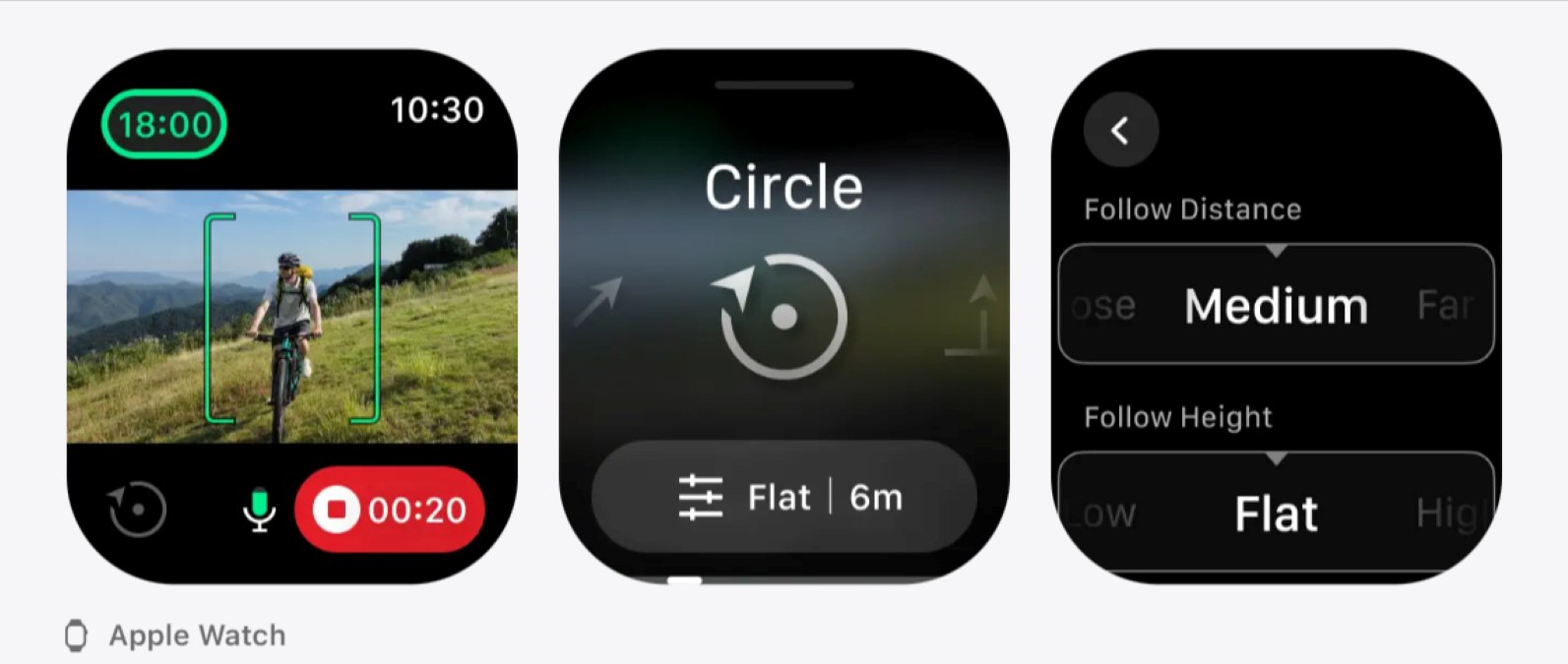
DJI’s latest Fly app update moves the future of drone flying a little closer to your wrist. Version 1.19.4 brings Apple Watch support to three of DJI’s most portable, controller-free drones: DJI Neo 2, DJI Flip, and DJI Neo. That means you can view live video, check battery levels, and issue basic voice flight commands from your Apple Watch (Series 8 and newer), while your phone stays in your pocket.
Expand Expanding Close